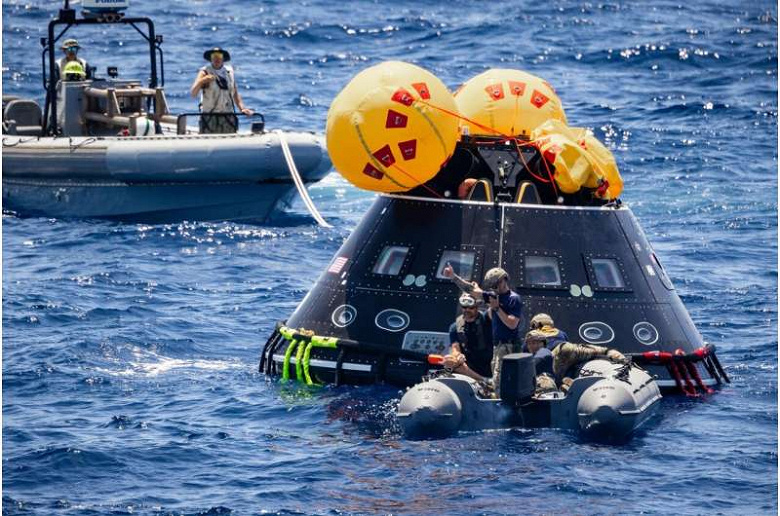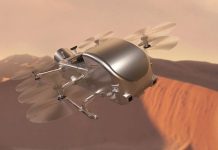When Orion returns the Artemis II astronauts to the Pacific Ocean after a 10-day mission around the Moon, NASA’s search and rescue team will be ready to take them to land.
For the Artemis II mission, NASA equipped the astronauts’ life jackets with a new generation of beacons called Advanced Next-Generation Emergency Locators (ANGEL) and installed a beacon on the Orion capsule so they could be quickly located.
ANGEL is a small device that integrates into astronaut suits and activates in the event of an emergency, such as a landing outside the intended area.

NASA search and rescue team prepares for safe return of Artemis II crew
In addition to working out contingencies, the search and rescue unit will help track the return of the capsule to Earth. As the capsule enters the Earth’s atmosphere, a crew aboard a US Navy ship will track the beacon to pinpoint the landing site.
For this, the SAINT intelligent search and rescue system is used, which was successfully tested on the uncrewed Artemis I mission in 2022. When the capsule’s main parachutes open, the beacon will be activated and SAINT will transmit position data to the rescue team. The beacon will turn off only after the team arrives at the capsule.

One of the important roles in ensuring the safety of the Artemis II crew is assigned to NASA’s search and rescue unit, based at the Goddard Space Center in Maryland. For more than 40 years, this division has assisted the international Cospas-Sarsat program in the development of search and rescue technologies. These technologies allow tourists, navigators and pilots to activate a distress beacon in case of problems. Since 1982, the system has saved over 50,000 travelers.
Now their experience will come in handy to support NASA’s lunar missions.




